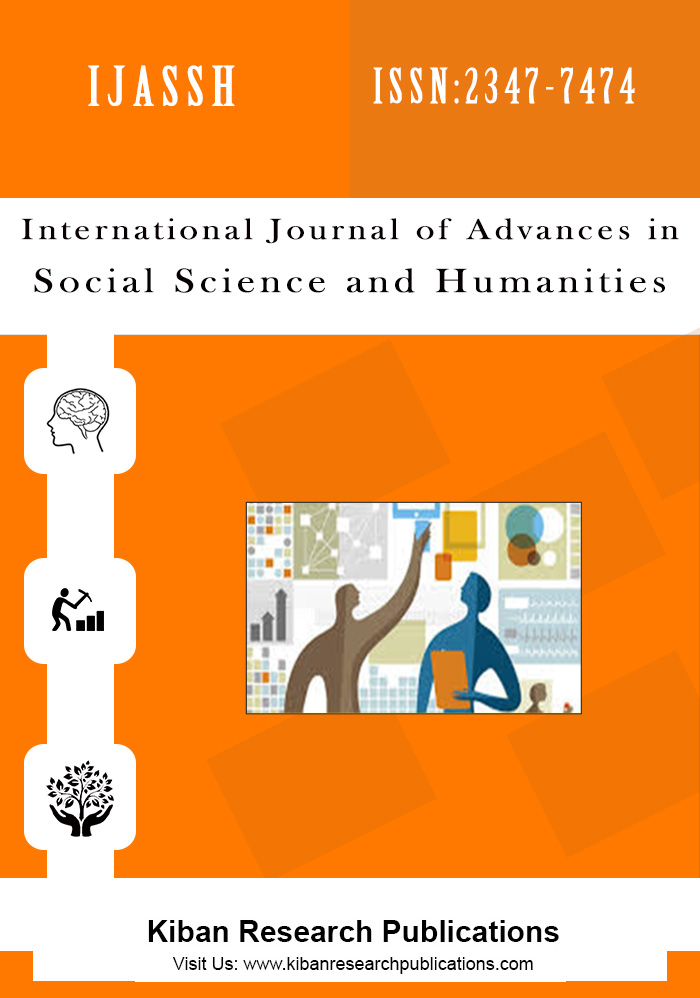Gendered Constructions in Kuria Female Circumcision Songs
Abstract
This paper examines the constructions of gender in Kuria female circumcision songs. The aim is to analyse traditional views on gender perceptions and roles of men and women in Kuria society and to explore the interrelation between language and gender. I apply Fairclough’s critical discourse analysis framework and Sunderland’s gendered discourses approach to analyse three female circumcision songs. These songs are part of a data set collected during the December 2014 female circumcision ceremonies in Kuria, Kenya. They were audio recorded and later transcribed and translated from Kuria language to English. I examine a range of gendered discourses in the songs by focusing on the lexical choices which act as linguistic traces/cues of these discourses in the texts. The main argument is that men and women are constructed in a binary and gendered way. At the same time, female circumcision is portrayed as a compulsory and indispensable rite that every Kuria girl has to undergo to be identified as a proper woman and member of the community.
Keywords: Gendered discourses, Critical discourse analysis, Constructions, Proper woman, Kuria female circumcision songs/ceremonies.




